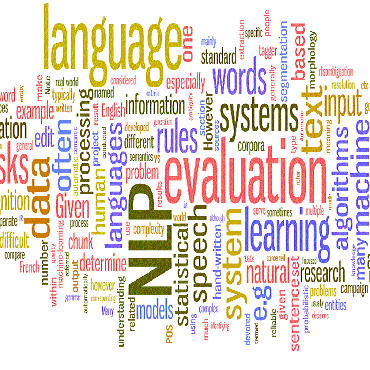There is growing evidence that the classical notion of adversarial robustness originally introduced for images has been adopted as a de facto standard by a large part of the NLP research community. We show that this notion is problematic in the context of NLP as it considers a narrow spectrum of linguistic phenomena. In this paper, we argue for semantic robustness, which is better aligned with the human concept of linguistic fidelity. We characterize semantic robustness in terms of biases that it is expected to induce in a model. We study semantic robustness of a range of vanilla and robustly trained architectures using a template-based generative test bed. We complement the analysis with empirical evidence that, despite being harder to implement, semantic robustness can improve performance %gives guarantees for on complex linguistic phenomena where models robust in the classical sense fail.
翻译:越来越多的证据表明,最初为图像引入的典型的对抗性强力概念已被大部分国家语言方案研究界采纳为事实上的标准。我们表明,这一概念在国家语言方案背景下存在问题,因为它考虑到语言现象的狭义范围。在本文中,我们主张语义强力,这更符合语言忠诚的人类概念。我们从预期在模型中引发的偏见的角度来描述语义强力。我们用基于模板的基因测试床研究一系列香草和经过严格训练的建筑的语义强力。我们用经验证据来补充分析,尽管难以实施,语义稳健性可以改善在传统意义上健全的模式失败的复杂语言现象方面的性能 % 保障。



